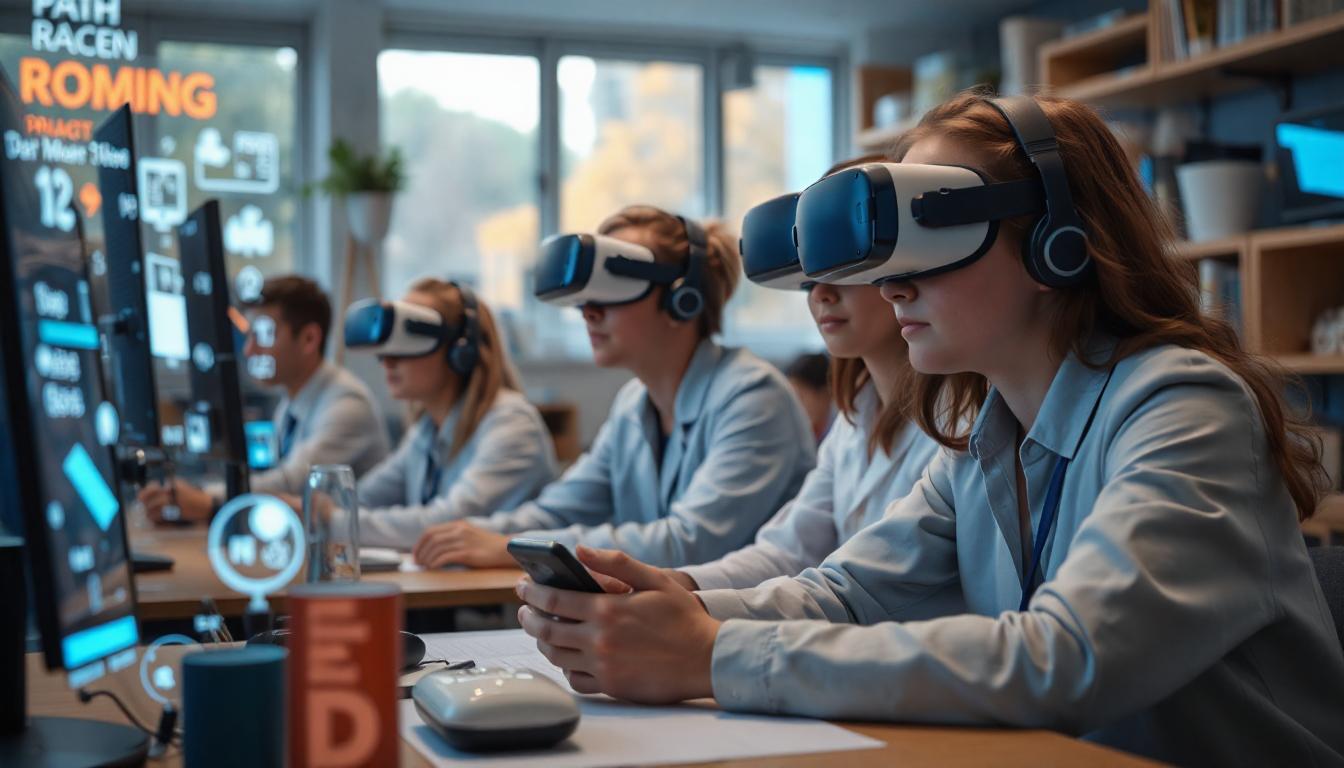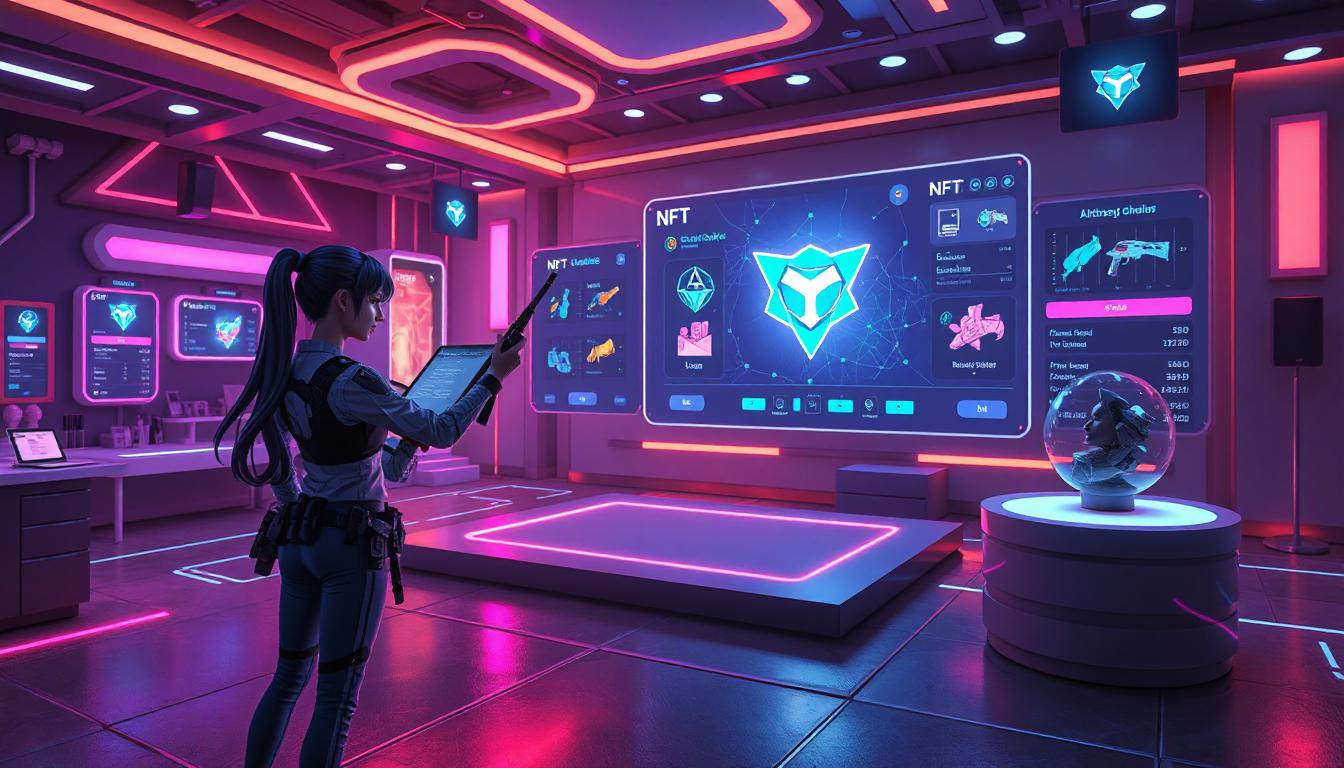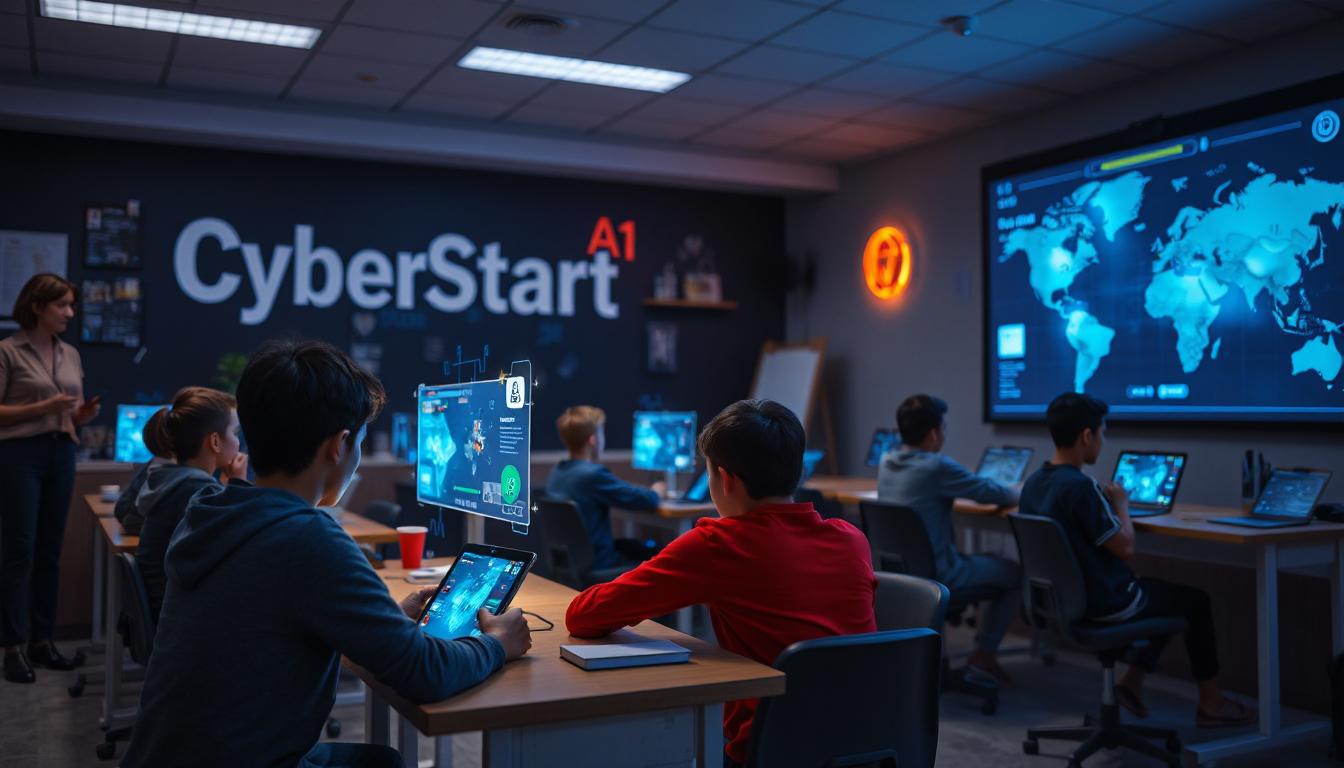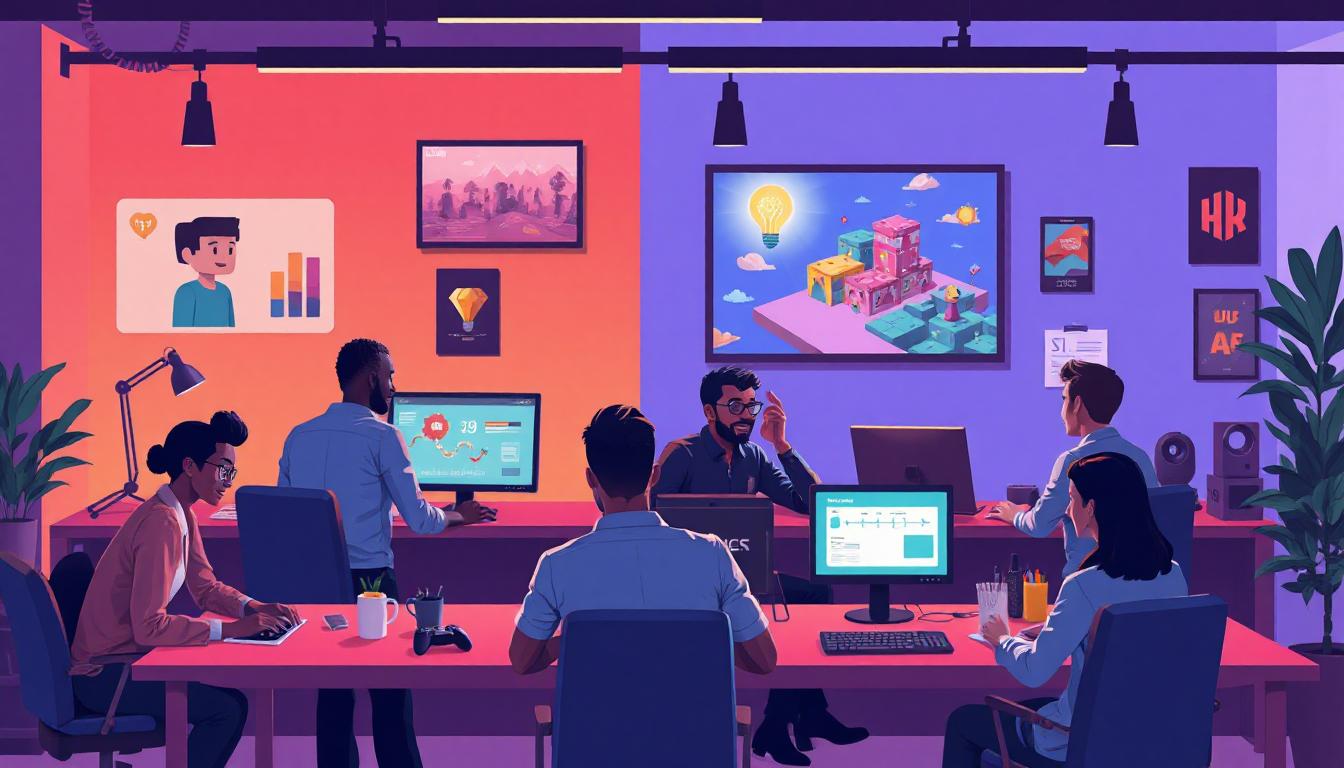Video games are simply a form of entertainment, or are they a source of untested potential for learning? This question has puzzled educators and researchers. Gameplays are likely to take advantage of the strengths of video games while weighing their weak sides, it is indeed possible to use these positions in education through game-based learning. This article explains the linkage between video games and education with lots of data, statistics, and real-world examples, as well as analyzing how video games influence the development of children.
Are they beneficial? Let’s explore.
Benefits of games in education
You might like to know that Engagement Motivation Games are created to engage the players and are an effective educational tool.
For example, using video games for educational purposes, education enhances learning by up to 40%(Federation of American Scientists).
- Heightened Focus: Games create a rich, action-capturing environment that captures the attention of students and transports them to the game.
- Higher Motivation: Because games have systems of reward and achievement that align with learning objectives, students want to perform.
- Retention Rate: In the case of gamified learning retention is 90%, but a learner using traditional approaches would barely have a retention of 60%.
Skill Development As they progress through games, players can train in critical thinking, solution-finding, and teamwork. One University of Wisconsin-Madison study, for example, found that video games developed spatial skills, one of the critical skills in fields of STEM.
- Critical Thinking: Strategy games, such as Civilization, allow players to learn resource management and planning .
- Teamwork: Multiplayer games encourage collaboration as required in professional and academia.
- Flexibility: Paced games like Fortnite also require players to be mindful of their strategies to cultivate their decision-making skills
Individualized Learning Educational games like Duolingo highlight the potential of creating curricula based on user-specific learning needs. With more than 500 million users, Duolingo has the power to turn the learning process into a fun and interesting exercise via gamification and language acquisition.
Concerns About Over-reliance on Video Games in Education
Addiction and Health Issues Gaming can be addictive and can result in physical health issues like bad posture and eye strain. Gaming disorder is a mental disorder, according to the World Health Organization.
- Statistics: 8.5% of American youth are affected by gaming disorder leading to poor academic performance.
- Health Risks: Extended screen exposure can cause problems like digital eye strain and obesity in children.
Teenagers spend an average of 7.5 hours a day on screens, and this is believed to interrupt learning, according to Common Sense Media. Digital technology is used excessively-the consequences can be procrastination and bad grades.
- Access Inequality: There are limited game-based learning resources to bring these technologies into low-income schools, therefore often leaving students hampered from developing competitive skills leading into post-secondary education, a gap that contributes to the education chasm.
How Video Games May Support Child Development
Cognitive Development Video games stimulate cognitive development by improving memory, perception, and concentration. Action games especially have been found to increase cognitive abilities, according to the American Psychological Association.
- Enhanced Multitasking: Action games enhance an individual’s ability to switch tasks appropriately.
- Improved Problem Solving: Puzzle games, like Portal, challenge the player to be both inventive and analytical.
Multiplayer games like Among Us and Minecraft offer excellent opportunities for developing social skills, teamwork, and communication abilities. However, they also come with potential risks, such as exposure to cyberbullying and inappropriate content, highlighting the critical importance of parental supervision. For more insights into how video gaming influences the brain and behavior, visit this article.
- Positive Interactions: Cooperative games foster socialized play and building as players must rely on one another to accomplish a task.
- Good Impact: Competitive games improve social skills.
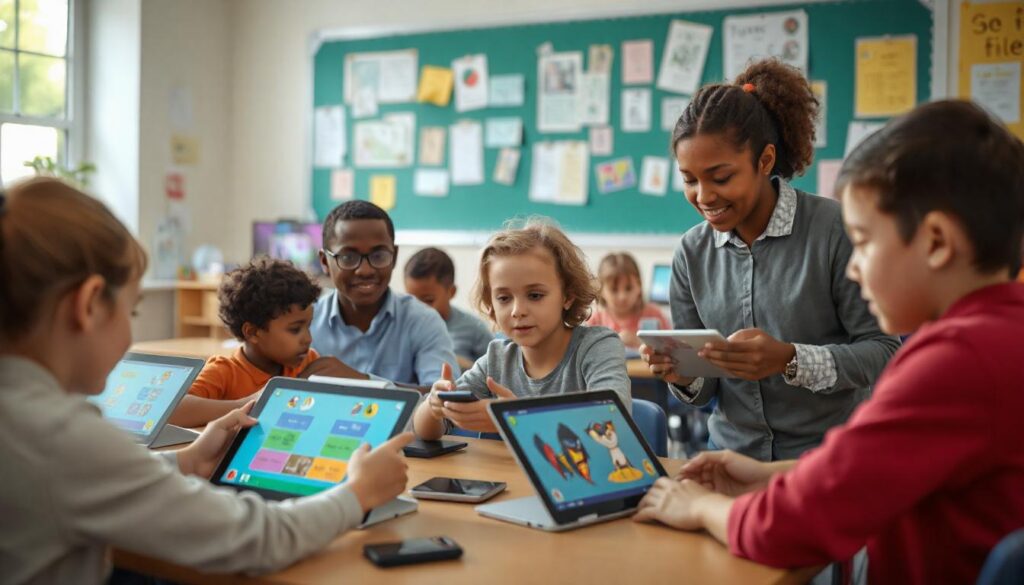
Real-Life Case Studies
- Case Study 1: Quest to LearnQuest to Learn is a public school in the City of New York, which has successfully used game-based approaches in its program of study. Students work on missions that tie in with the curriculum, leading to improved academic performance as well as higher engagement.
- Case Study 2: Minecraft Education Edition is used by students to view a different angle on historical, scientific, mathematical subject matter, etc. Professors have reported increased collaboration and problem-solving skills of students using this tool.
- Case Study 3: Duolingo (and its gamification) revolutionizing the landscape of language acquisition. As a result of such studies, users who spent 30 minutes a day using the app learned languages at a rate comparable to traditional methods. A Duolingo Research case study revealed that retention rates for active users were roughly 34% higher.
- Case Study 4: Education Applications of VR Virtual Reality has been used to teach complex subjects such as anatomy and history. Students who learned in VR for biology lessons, for example, recalled 25% more information later than students learning from textbooks in one study.
- Case Study 5: Kahoot! However, many QR-based quiz applications, which have gamified quiz systems are used for quizzes in the classroom such as Kahoot, to increase classroom engagement. Studies have indicated that students using Kahoot! Retention of information in lessons is 22% better than in lectures.
TV as Distant Learning: Imparting Knowledge through Televised Lifecasting
Technologies like augmented reality (AR) and artificial intelligence (AI) help to take learning a step further in cards and board games. For example, in AR apps, students can visualize planets or historical sites in 3D, and for AI, games can be modified in real-time to match student performance. And early adopters have also reported significant increases in engagement and understanding.g
Applications of blockchain in the domain of educational games are on the rise as well — it enables the tracing of achievements and credentials securely, thus creating a more open system of pedagogical assessment.
Conclusion
In terms of innovation, video games impact education because they provide a way to revolutionize the way learners learn via game-based learning. But the benefits — privileged access, learning skills, and differentiated instruction — have to be balanced against challenges like screen addiction and the inequality of resources. Teachers can harness the power of video games in the classroom, leveraging the benefits and overcoming the limitations of video gaming.
The debate will surely continue to some degree, but if handled with thoughtfulness, the incorporation of video games in education may only rise.
Q & A
Q1: What are the benefits of incorporating video games into learning?
A1: The learning experiences are individualized, enhancing engagement, critical thinking, and skill development.
Q2: Are video games dangerous in education?
A2: Yes, the risks are addiction, health, and unequal access to technology.
Q3: Are games like Duolingo able to substitute traditional teaching methods?
A3: While great and effective, they are best used along with conventional teaching and shouldn’t be the only pedagogical tool.
Sources:
Statista, Federation of American Scientists, Edutopia, University of Wisconsin-Madison, World Health Organization, APA, Mayo Clinic, Common Sense Media, American Psychological Association, Cyberbullying Research Center, Quest to Learn, EdTech Magazine, Kahoot Research, Educational Technology Research

